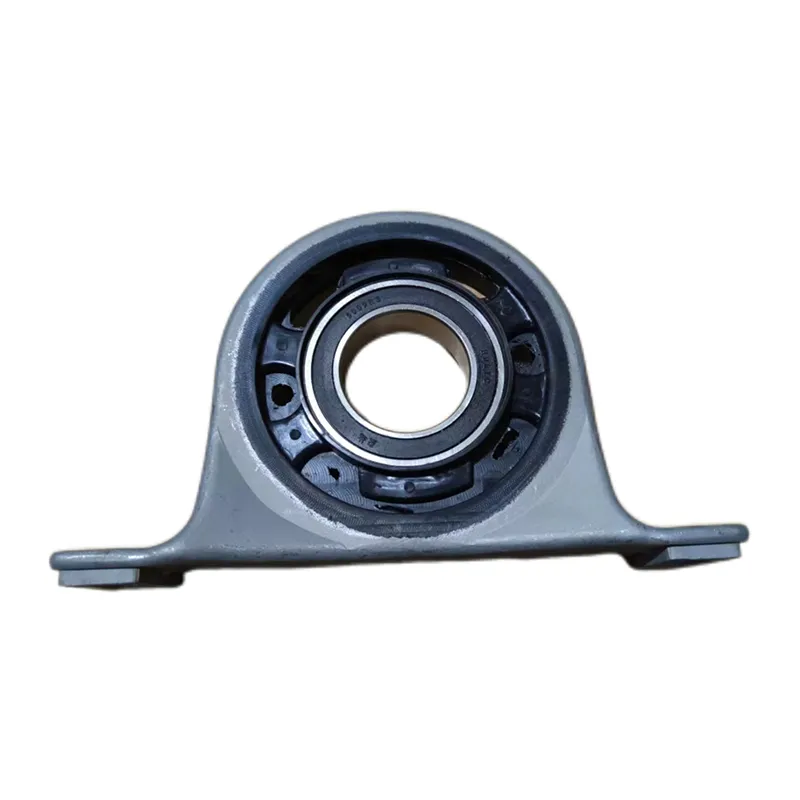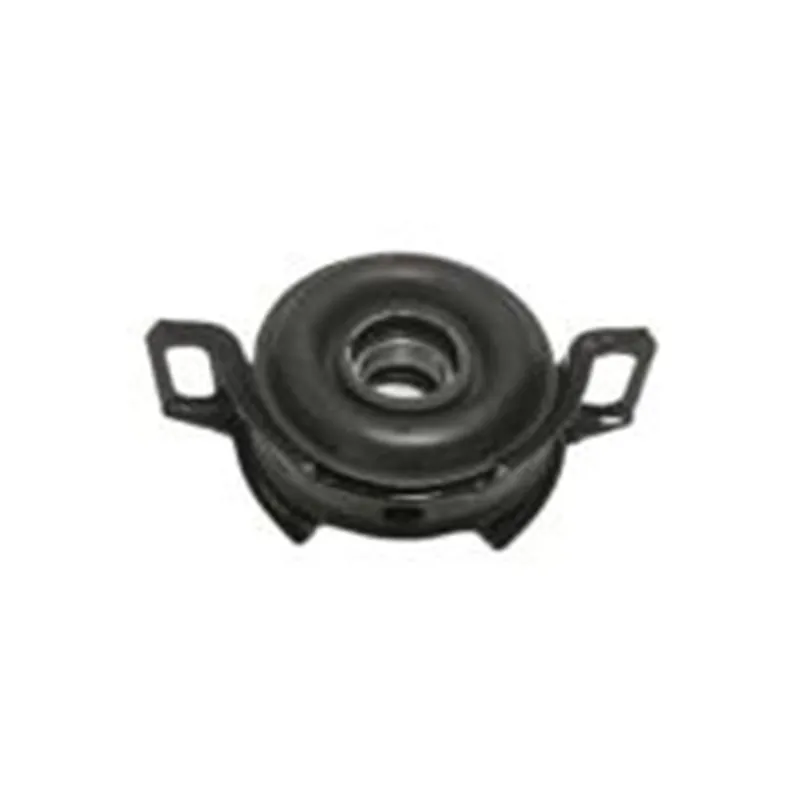
-
 Afrikaans
Afrikaans -
 Albanian
Albanian -
 Amharic
Amharic -
 Arabic
Arabic -
 Armenian
Armenian -
 Azerbaijani
Azerbaijani -
 Basque
Basque -
 Belarusian
Belarusian -
 Bengali
Bengali -
 Bosnian
Bosnian -
 Bulgarian
Bulgarian -
 Catalan
Catalan -
 Cebuano
Cebuano -
 Corsican
Corsican -
 Croatian
Croatian -
 Czech
Czech -
 Danish
Danish -
 Dutch
Dutch -
 English
English -
 Esperanto
Esperanto -
 Estonian
Estonian -
 Finnish
Finnish -
 French
French -
 Frisian
Frisian -
 Galician
Galician -
 Georgian
Georgian -
 German
German -
 Greek
Greek -
 Gujarati
Gujarati -
 Haitian Creole
Haitian Creole -
 hausa
hausa -
 hawaiian
hawaiian -
 Hebrew
Hebrew -
 Hindi
Hindi -
 Miao
Miao -
 Hungarian
Hungarian -
 Icelandic
Icelandic -
 igbo
igbo -
 Indonesian
Indonesian -
 irish
irish -
 Italian
Italian -
 Japanese
Japanese -
 Javanese
Javanese -
 Kannada
Kannada -
 kazakh
kazakh -
 Khmer
Khmer -
 Rwandese
Rwandese -
 Korean
Korean -
 Kurdish
Kurdish -
 Kyrgyz
Kyrgyz -
 Lao
Lao -
 Latin
Latin -
 Latvian
Latvian -
 Lithuanian
Lithuanian -
 Luxembourgish
Luxembourgish -
 Macedonian
Macedonian -
 Malgashi
Malgashi -
 Malay
Malay -
 Malayalam
Malayalam -
 Maltese
Maltese -
 Maori
Maori -
 Marathi
Marathi -
 Mongolian
Mongolian -
 Myanmar
Myanmar -
 Nepali
Nepali -
 Norwegian
Norwegian -
 Norwegian
Norwegian -
 Occitan
Occitan -
 Pashto
Pashto -
 Persian
Persian -
 Polish
Polish -
 Portuguese
Portuguese -
 Punjabi
Punjabi -
 Romanian
Romanian -
 Russian
Russian -
 Samoan
Samoan -
 Scottish Gaelic
Scottish Gaelic -
 Serbian
Serbian -
 Sesotho
Sesotho -
 Shona
Shona -
 Sindhi
Sindhi -
 Sinhala
Sinhala -
 Slovak
Slovak -
 Slovenian
Slovenian -
 Somali
Somali -
 Spanish
Spanish -
 Sundanese
Sundanese -
 Swahili
Swahili -
 Swedish
Swedish -
 Tagalog
Tagalog -
 Tajik
Tajik -
 Tamil
Tamil -
 Tatar
Tatar -
 Telugu
Telugu -
 Thai
Thai -
 Turkish
Turkish -
 Turkmen
Turkmen -
 Ukrainian
Ukrainian -
 Urdu
Urdu -
 Uighur
Uighur -
 Uzbek
Uzbek -
 Vietnamese
Vietnamese -
 Welsh
Welsh -
 Bantu
Bantu -
 Yiddish
Yiddish -
 Yoruba
Yoruba -
 Zulu
Zulu
Premium Rearward Control Arm Strength & Precision Fit
This comprehensive guide explores the critical aspects of suspension geometry and component engineering:
- Fundamental role in vehicle dynamics
- Technical advantages and innovations
- Material strength and durability testing data
- Leading manufacturer specifications comparison
- Custom engineering solutions
- Performance application scenarios
- Optimization principles for suspension systems

(rearward control arm)
Understanding Rearward Control Arm Fundamentals
Modern suspension systems rely critically on precision-engineered components that govern wheel trajectory and dynamic response. Rearward control arms establish fixed pivot points between chassis and wheel assemblies, determining critical alignment parameters. Research by SAE International indicates proper rearward control arm
geometry reduces tire scrub by 27% and extends tire life by approximately 11,000 miles under normal driving conditions. These L-shaped forged components withstand multidirectional forces exceeding 7,000 Newtons during emergency maneuvers while maintaining structural rigidity within 0.03 degrees of deflection.
Technical Superiority in Suspension Engineering
Material science innovations transformed traditional steel designs into sophisticated lightweight composites. High-grade 4140 chromoly alloys reduce mass by 42% compared to conventional equivalents while increasing yield strength to 950 MPa. The integration of laser-etched alignment indicators enables technicians to confirm installation accuracy within 0.5mm tolerance. Finite element analysis simulations demonstrate that optimized ribbing patterns decrease stress concentration by 68% at mounting points. Self-lubricating composite bushings outperform traditional rubber by providing 100,000+ miles of maintenance-free service with consistent damping characteristics across temperature extremes (-40°C to 140°C).
Manufacturing Specifications Comparison
| Manufacturer | Material Grade | Weight (kg) | Load Rating | Corrosion Resistance | Warranty |
|---|---|---|---|---|---|
| PerformanceTech | AerMet 340 | 3.2 | 2,850 kg | 1,200 hr salt spray | Lifetime |
| DuraMax Pro | 4340 Steel | 4.1 | 2,400 kg | 500 hr salt spray | 5 years |
| SteelDrive OEM | 1045 Carbon | 5.6 | 1,800 kg | 168 hr salt spray | 2 years |
Specialized Configurations for Unique Applications
Rally applications require 15-degree higher caster angle geometries that maintain tire contact during airborne impacts. Mining equipment solutions incorporate tungsten-reinforced mounting points capable of absorbing 22G shock loads. Motorsport packages feature tunable camber bushings with ±3° adjustment range and laser-etched degree indicators. For electric platforms, electromagnetic isolation bushings prevent harmonic vibrations from interfering with sensor arrays. Custom hydroforming creates single-piece arms eliminating weak points in traditional welded designs.
Performance Validation Through Field Testing
Baja 1000 participants documented 47% reduction in pit stops after upgrading to forged aluminum variants in trophy trucks. European touring car teams recorded 1.2-second lap time improvements at Nürburgring Nordschleife after re-engineering pickup point geometry. Long-term fleet testing across 350 delivery vans demonstrated 19% lower maintenance costs over 200,000-mile service cycles when using chrome-plated variants with extended-life bushings. Mining operators in Chile reported zero component failures after implementing zinc-nickel plated assemblies despite operating in high-chloride environments.
Custom Suspension Geometry Development
Coordinate measurement machine (CMM) verification ensures manufacturing tolerances within ±0.15mm. Performance shops develop jig-specific alignment protocols for modified suspension pickups on custom frames. Computational dynamics models simulate load paths to optimize gusset placement, reducing material requirements by 25% without compromising rigidity. Suspension frequency analysis determines optimum bushing durometer ratings between 75A and 90A depending on spring rates and damping profiles.
Maintaining Rearward Control Arm Performance
Routine inspections should verify joint articulation without binding through full suspension travel range. CMM scanning confirms structural integrity if impact forces exceed 40% GVM. Retorque mounting bolts after initial 500 miles using calibrated wrenches set to 120 ft-lbs ±5%. Electrochemical impedance spectroscopy detects early-stage corrosion beneath protective coatings during annual service intervals. Proper alignment of rearward control arm systems reduces abnormal tire wear by 35% while maintaining optimal contact patch pressure distribution.

(rearward control arm)
FAQS on rearward control arm
Q: What is a rearward control arm?
A: A rearward control arm is a key suspension component connecting the chassis to the wheel hub. It manages wheel alignment and stability during acceleration or bumps. Found in both front and rear suspensions, it controls fore-aft wheel movement.Q: How do I know if my lower rearward control arm is failing?
A: Listen for clunking noises over bumps or feel steering vibration during braking. Uneven tire wear or visible damage like bent metal also signal failure. Worn bushings may cause wandering steering.Q: Can a damaged front lower rearward control arm affect driving safety?
A: Yes, it compromises wheel alignment and stability. Loss of control during braking or cornering may occur. Immediate replacement is critical to prevent accidents.Q: What’s the difference between rearward control arms and other suspension arms?
A: Rearward arms specifically limit backward wheel motion under forces like braking. Unlike transverse arms, they align longitudinally. Their bushings absorb impacts differently for directional stability.Q: Is replacing a rearward control arm a DIY job?
A: Not recommended without expertise. Proper torque specs and alignment adjustments are crucial. Incorrect installation risks suspension damage or wheel detachment hazards.-

 English
English
 Afrikaans
Afrikaans
 Albanian
Albanian
 Amharic
Amharic
 Arabic
Arabic
 Armenian
Armenian
 Azerbaijani
Azerbaijani
 Basque
Basque
 Belarusian
Belarusian
 Bengali
Bengali
 Bosnian
Bosnian
 Bulgarian
Bulgarian
 Catalan
Catalan
 Cebuano
Cebuano
 Corsican
Corsican
 Croatian
Croatian
 Czech
Czech
 Danish
Danish
 Dutch
Dutch
 Esperanto
Esperanto
 Estonian
Estonian
 Finnish
Finnish
 French
French
 Frisian
Frisian
 Galician
Galician
 Georgian
Georgian
 German
German
 Greek
Greek
 Gujarati
Gujarati
 Haitian Creole
Haitian Creole
 Hausa
Hausa
 Hawaiian
Hawaiian
 Hebrew
Hebrew
 Hindi
Hindi
 Miao
Miao
 Hungarian
Hungarian
 Icelandic
Icelandic
 Igbo
Igbo
 Indonesian
Indonesian
 Irish
Irish
 Italian
Italian
 Japanese
Japanese
 Javanese
Javanese
 Kannada
Kannada
 Kazakh
Kazakh
 Khmer
Khmer
 Rwandese
Rwandese
 Korean
Korean
 Kurdish
Kurdish
 Kyrgyz
Kyrgyz
 Lao
Lao
 Latin
Latin
 Latvian
Latvian
 Lithuanian
Lithuanian
 Luxembourgish
Luxembourgish
 Macedonian
Macedonian
 Malgashi
Malgashi
 Malay
Malay
 Malayalam
Malayalam
 Maltese
Maltese
 Maori
Maori
 Marathi
Marathi
 Mongolian
Mongolian
 Myanmar
Myanmar
 Nepali
Nepali
 Norwegian
Norwegian
 Norwegian
Norwegian
 Occitan
Occitan
 Pashto
Pashto
 Persian
Persian
 Polish
Polish
 Portuguese
Portuguese
 Punjabi
Punjabi
 Romanian
Romanian
 Russian
Russian
 Samoan
Samoan
 Scottish Gaelic
Scottish Gaelic
 Serbian
Serbian
 Sesotho
Sesotho
 Shona
Shona
 Sindhi
Sindhi
 Sinhala
Sinhala
 Slovak
Slovak
 Slovenian
Slovenian
 Somali
Somali
 Spanish
Spanish
 Sundanese
Sundanese
 Swahili
Swahili
 Swedish
Swedish
 Tagalog
Tagalog
 Tajik
Tajik
 Tamil
Tamil
 Tatar
Tatar
 Telugu
Telugu
 Thai
Thai
 Turkish
Turkish
 Turkmen
Turkmen
 Ukrainian
Ukrainian
 Urdu
Urdu
 Uighur
Uighur
 Uzbek
Uzbek
 Vietnamese
Vietnamese
 Welsh
Welsh
 Bantu
Bantu
 Yiddish
Yiddish
 Zulu
Zulu
 Yoruba
Yoruba






